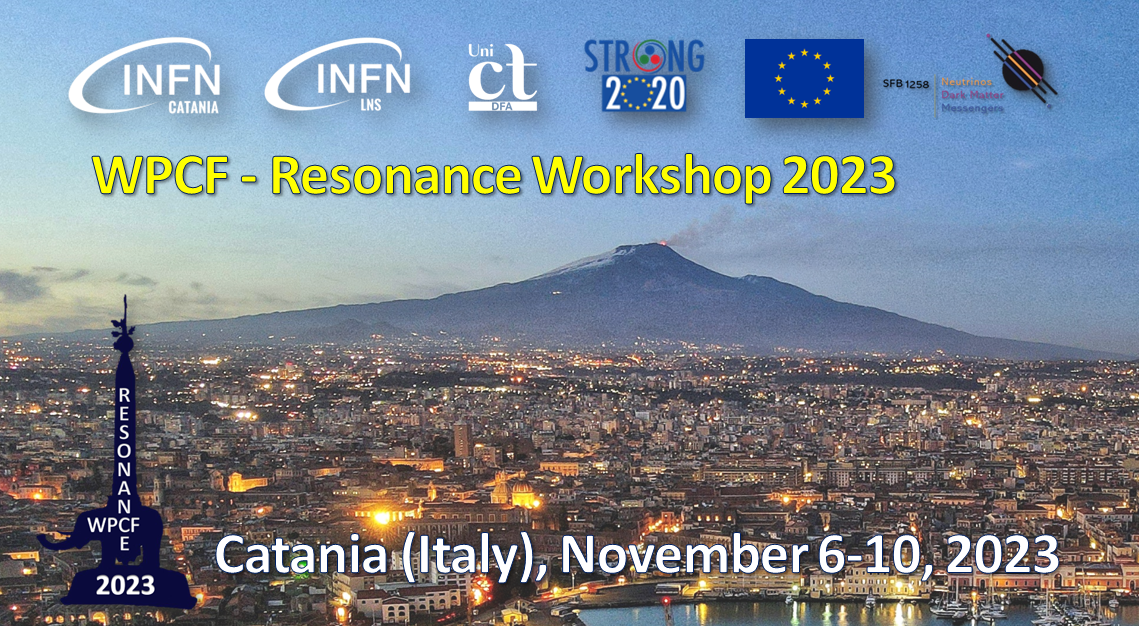Speaker
Description
Quarkonia are a very interesting probe for the study of thequark gluon plasma (QGP), created in ultrarelativisitc heavy-ion collisions. They can elucidate several features of the QGP, which are not accessible to other probes. These include the energy loss of color neutral states and open heavy flavour partons in the QGP, the possible recombination of heavy quarks during the expansion of the QGP and the influence of the potential between c(b) and $\bar c(\bar b)$, which is modified in the QGP environment, on the production of quarkonia.
We present the first microscopic approach for the study of quarkonia. It follows the heavy quarks from their initial production to the detection as a part of a quarkonium or as open heavy flavour hadron. After being produced in EPOS4 by (shadowing modified) initial collisions, the heavy quarks interact mutually by a potential, calculated on the lattice. When the temperature of the surrounding QGP environment falls below the dissociation temperature of the quarkonia species, a density matrix, based quantum approach of Remler [1], describes the formation and destruction of quarkonia due to its interaction with the QGP medium while the QGP medium expands.
The expanding QGP is described by the EPOS4 approach, which has shown to reproduce a multitude of experimental observables in the light hadron sector. At freeze out the free heavy quarks combine through hadronization to open heavy flavour partons, which are well reproduced in this approach. We compare the J/$\psi$ as well as the $\psi'$, produced in Remler approach with the available data on transverse momentum spectra, $R_{AA}$ and $v_2$ and analyse, including feed down corrections, how the above processes influence the production of quarkonia. First results of this approach have been published in [2].
[1] E.A.Remler, Annals Phys. 136, 293, 1981
[2] D. Villar, J. Zhao, J.Aichelin and P. Gossiaux, Pol Bernard, Phys.Rev.C 107 (2023) 5, 054913

